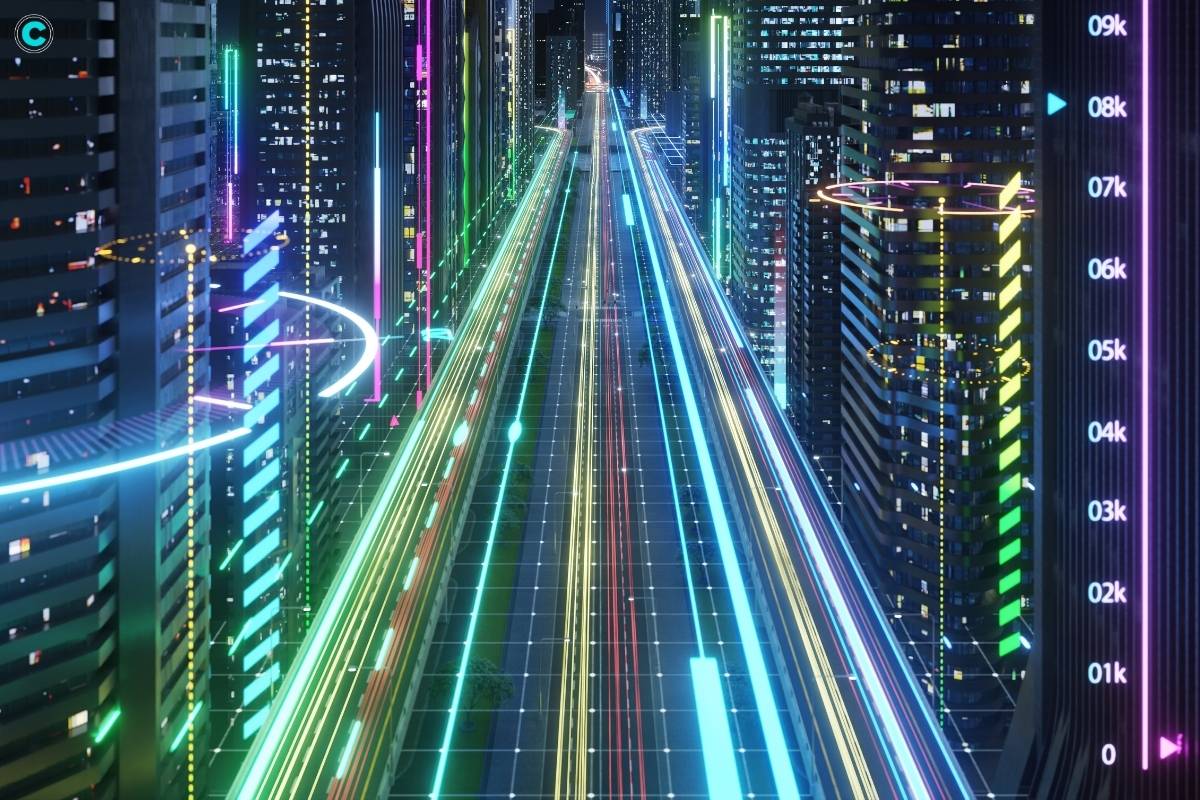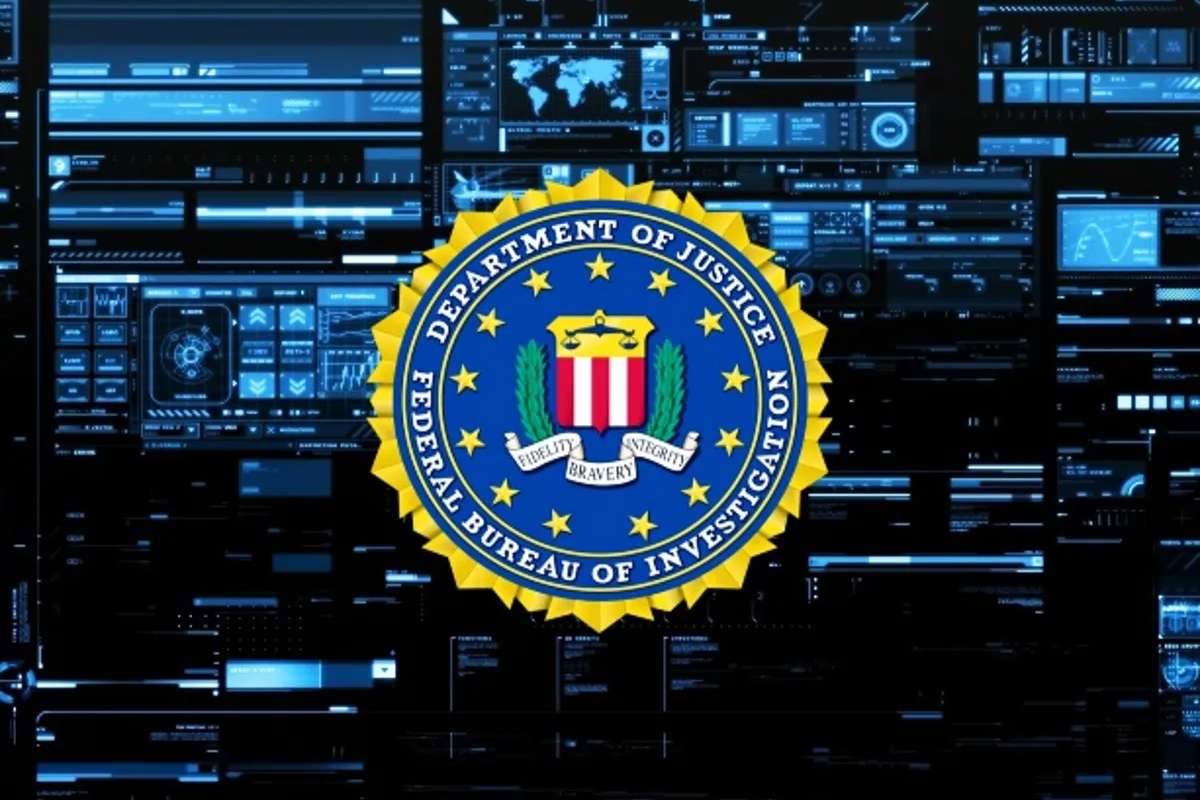In the ever-evolving landscape of urban development, the integration of cutting-edge technology has become a key driver for creating more sustainable, efficient, and livable cities. One of the pivotal technologies at the forefront of this transformation is the Internet of Things (IoT). In this article, we will delve into the profound impact of IoT in smart cities, exploring how it is revolutionizing various aspects of urban life, from transportation and energy management to public safety and citizen engagement.
Understanding IoT in Smart Cities
The term “IoT in smart cities” refers to the strategic deployment of interconnected devices and sensors within urban environments to collect, analyze, and leverage data for enhancing city services and infrastructure. These devices, ranging from sensors embedded in streetlights to intelligent transportation systems, form a vast network that communicates and shares information in real time. The ultimate goal is to create an ecosystem where different components work harmoniously to optimize resources, improve efficiency, and enhance the overall quality of life for citizens.
Transportation Revolution
One of the most visible and impactful applications of IoT in smart cities is the revolutionization of transportation systems. Smart cities leverage IoT technology to create intelligent transportation networks that monitor traffic patterns, manage parking spaces, and enhance public transit systems.
IoT-enabled sensors on roads and in vehicles gather data on traffic flow, congestion, and road conditions. This real-time information is then used to optimize traffic signals, reroute vehicles, and improve overall traffic management. Commuters benefit from reduced travel times, decreased fuel consumption, and a more seamless transportation experience.
Furthermore, smart parking solutions powered by IoT help drivers find available parking spaces quickly, reducing traffic congestion and emissions associated with circling for parking. Integrating public transit systems with IoT allows for dynamic scheduling, providing citizens with up-to-the-minute information on bus and train arrivals, and promoting a more efficient and user-friendly public transportation experience.
Energy Management and Sustainability

IoT plays a crucial role in the pursuit of sustainability and efficient energy management within smart cities. By deploying smart grids and connected devices, cities can monitor and optimize energy consumption in real time.
Smart grids, equipped with IoT sensors, enable utilities to balance energy supply and demand more effectively. These grids can automatically reroute energy based on demand fluctuations, reducing energy wastage and ensuring a more stable and resilient power supply. Additionally, IoT devices in buildings and streetlights can adjust energy usage based on occupancy, contributing to energy conservation efforts.
Renewable energy sources, such as solar panels and wind turbines, also benefit from IoT integration. Sensors can monitor the performance of these installations, optimize their output, and predict maintenance needs, ensuring the continuous and efficient generation of clean energy.
Public Safety and Security
IoT technology enhances public safety and security measures in smart cities through the deployment of advanced surveillance systems, emergency response solutions, and predictive analytics.
Smart surveillance cameras equipped with IoT sensors can detect unusual activities, monitor crowds, and identify potential security threats. These systems can automatically alert law enforcement to suspicious behavior, enabling a faster and more targeted response.
In emergencies, IoT devices can provide critical data to first responders, such as real-time information on the location and severity of incidents. This data-driven approach enhances the efficiency of emergency services, potentially saving lives and minimizing damage.
Predictive analytics, powered by IoT, enable law enforcement agencies to anticipate and prevent crimes. By analyzing historical data and current trends, cities can deploy resources more effectively and implement proactive measures to address potential security risks.
Waste Management Optimization

Effective waste management is a significant challenge in urban environments. IoT solutions offer a way to optimize waste collection and disposal processes, leading to cleaner and more sustainable cities.
Smart waste bins equipped with sensors can monitor their fill levels in real time. This information is then relayed to waste management teams, enabling them to schedule collections based on actual demand rather than fixed schedules. This not only reduces operational costs but also minimizes the environmental impact associated with unnecessary waste collection trips.
IoT technology also facilitates the implementation of recycling programs by tracking the types of waste deposited in bins. Cities can use this data to incentivize recycling and optimize the allocation of recycling facilities.
Citizen Engagement and Quality of Life
At the heart of every smart city is the desire to enhance the overall quality of life for its citizens. IoT plays a pivotal role in achieving this goal by fostering increased citizen engagement and providing innovative services.

Smart city apps, powered by IoT data, allow citizens to access real-time information on transportation, air quality, and local events. This information empowers individuals to make informed decisions about their daily activities, contributing to a more efficient and enjoyable urban experience.
Citizen feedback mechanisms, facilitated by IoT, enable residents to communicate directly with city officials. Whether reporting potholes, suggesting improvements, or providing input on civic projects, these channels of communication create a more responsive and citizen-centric government.
Conclusion
In conclusion, the integration of IoT in smart cities represents a transformative leap towards more connected, efficient, and sustainable urban environments. From revolutionizing transportation and energy management to enhancing public safety and citizen engagement, IoT has become a driving force behind the ongoing evolution of cities worldwide. As we continue to harness the potential of IoT technology, the vision of truly smart cities – where data-driven innovation improves the lives of citizens – inches closer to reality. The era of connected urban living is upon us, and IoT is at its core, shaping the cities of tomorrow.
Also Read: Blockchain: Revolutionizing Industries and Transforming Transactions






